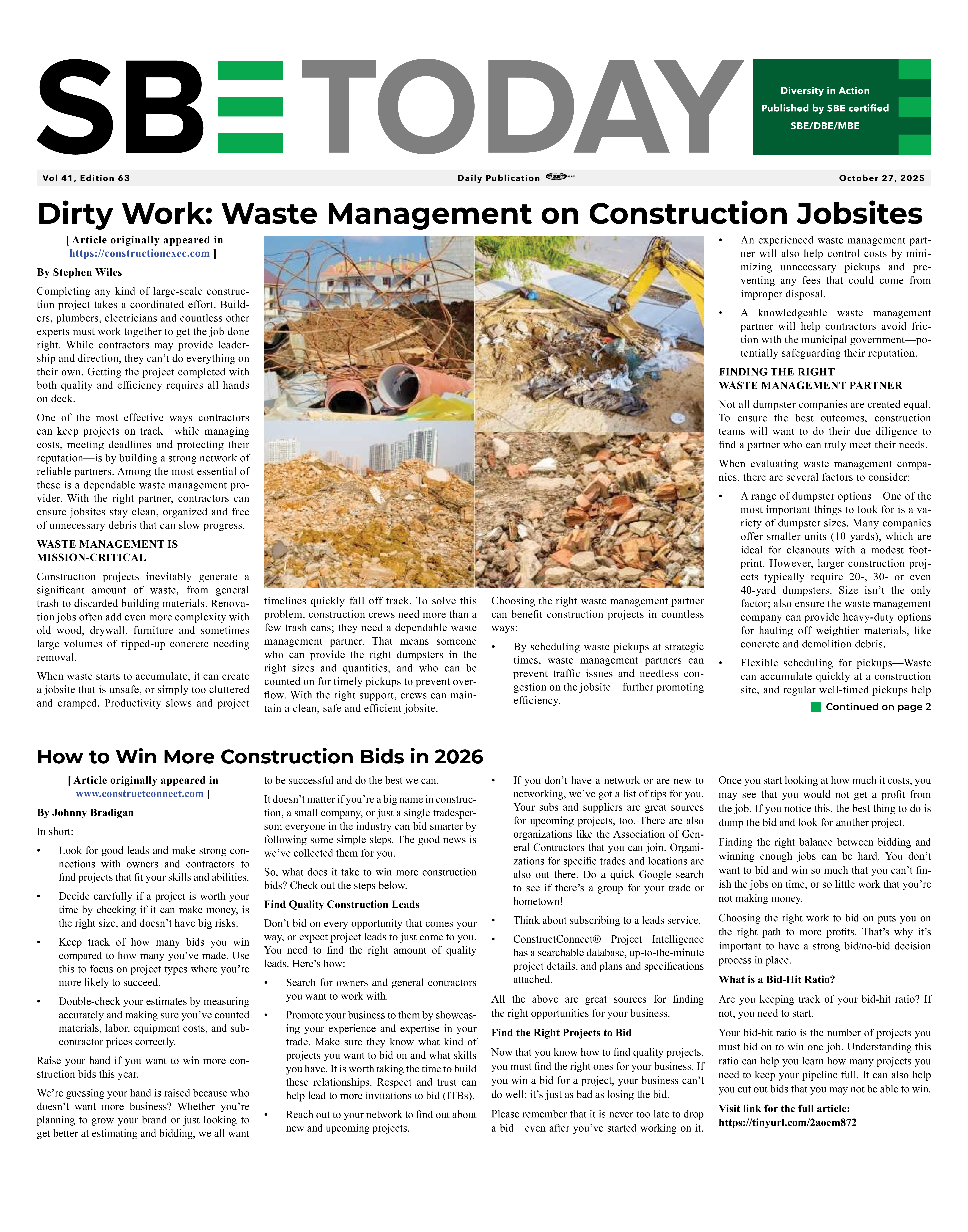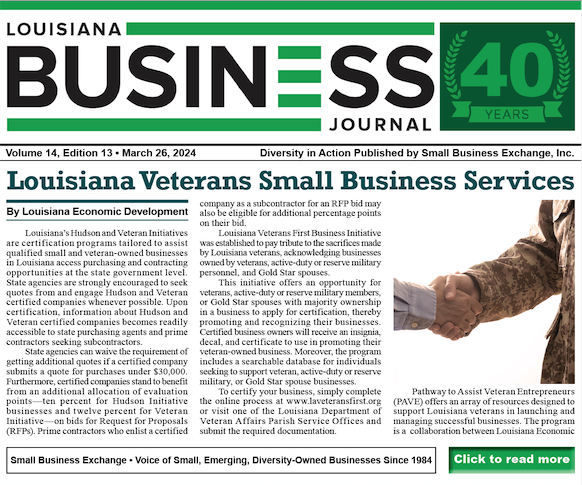|
|
Navigating Growth: Smart Strategies for Managing Expansion at Every Stage
10/29/2025
By Gloria Martinez
Growth sounds glamorous—until it starts bending your operations, your team, and your sanity. From solo founders scaling up to established companies entering new markets, the path of expansion comes with distinct friction points that demand different responses. Major Takeaways• Early Stage:Focus on survival, clarity, and systems.• Growth Stage:Invest in process, people, and scalable infrastructure. • Maturity:Protect efficiency while exploring innovation. • Key Tip:Balance ambition with discipline—growth unmanaged becomes chaos.
When your business is small, every move feels existential. Cash flow management and clear positioning matter more than complex metrics. |
||||||||||||||||
|
Challenge |
Signal | Fix |
| Operational overload | Missed deadlines, stressed teams | Systemize recurring work using tools likeAsana orNotion |
| Flat revenue after expansion | High churn, declining ROI | Audit customer journey and messaging |
| Leadership fatigue | Founder micromanaging again | Delegate outcome ownership |
| Data chaos | No single source of truth | Centralize analytics dashboards withGoogle Looker Studio |
How-To: Managing Sustainable Expansion
• Step 1:Set metrics that align with your growth model (profit margins, recurring revenue, churn).• Step 2:Create a decision cadence—monthly reviews, quarterly resets.
• Step 3:Reinvest profits strategically in systems, not just headcount.
• Step 4:Strengthen culture early; it decays faster than cash flow.
• Step 5:Forecast beyond success—what happens when demand doubles again?
Implementing Better Information Flow
Growth stalls when information scatters. Teams lose track of updates, approvals, and client deliverables. A document management system can solve this by centralizing communication and version control.If your team often exchanges Word, Excel, or PowerPoint files, it’s smart to standardize everything as PDFs before sending. You cantake a look at this simple online converter that lets you drag, drop, and instantly create PDFs for consistent file sharing.
Spotlight: Tools That Simplify Growth
Let’s briefly highlight one platform that helps streamline financial scaling:QuickBooks.It integrates invoicing, payroll, and expense tracking—vital when cash flow complexity increases.
Other honorable mentions includeMonday.com,Slack, andMailchimp for communication and marketing efficiency.
FAQ
Q1: How fast should a business grow?A: As fast as your systems and people can handle it without quality decline.
Q2: When is the right time to hire middle management?
A: When your founder-led oversight slows execution instead of accelerating it.
Q3: Should I raise capital or bootstrap?
A: If cash flow funds growth comfortably, bootstrap longer. If opportunity outpaces liquidity, consider external capital.
Q4: What if my growth plateaus?
A: Revisit pricing models, explore partnerships, and check if you’ve outgrown your customer segment.
Glossary
• Scalability:Ability to handle increased demand efficiently.• Churn:Percentage of customers lost over a given time.
• Runway:How long your business can operate before funds deplete.
• Automation:Software-based task execution that reduces manual work.
• CAC (Customer Acquisition Cost):Cost of converting one customer.
Growth is not just acceleration—it’s calibration. The strongest businesses know when to expand and when to reinforce their foundation. Create systems early, track signals often, and never let expansion outpace clarity. And yes—don’t underestimate how something as simple as a document management system can prevent chaos when everything starts moving faster.
Back To News





